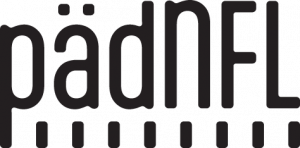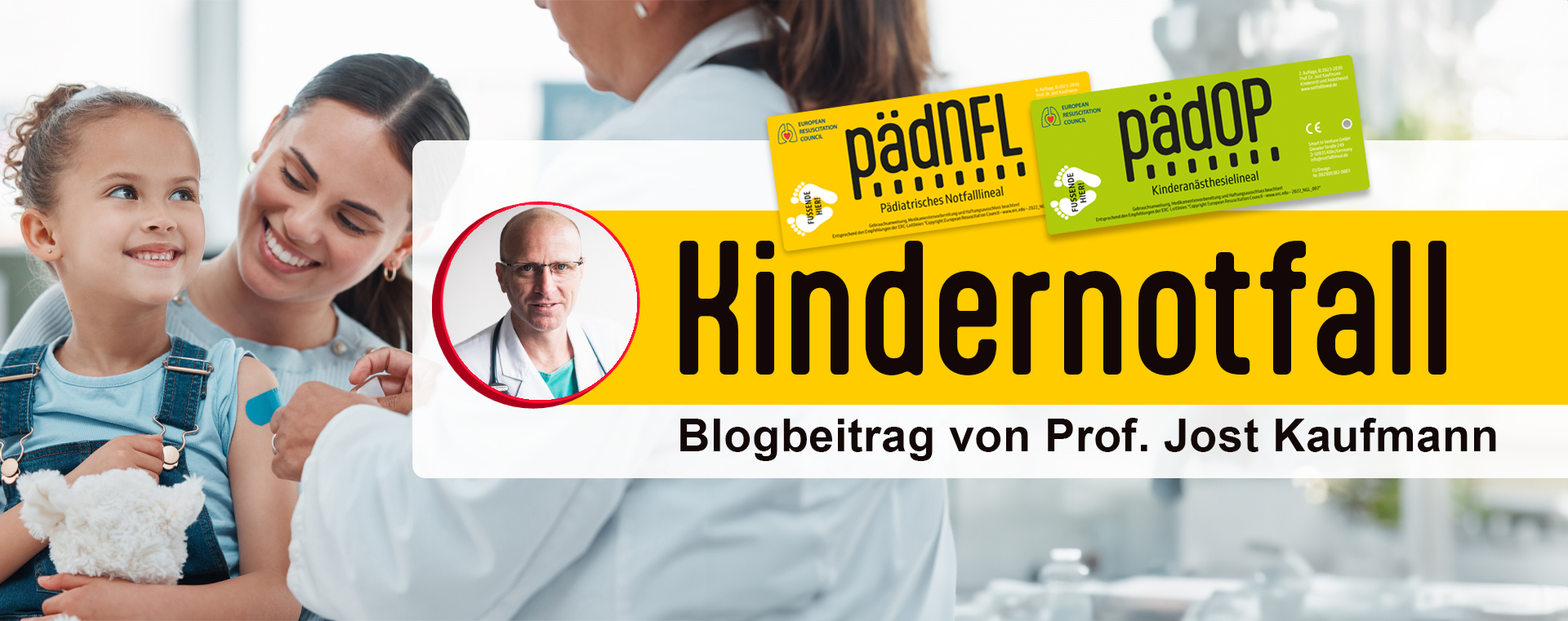January 28, 2024
The role of parents in emergency care
Whenever possible, parents should be allowed to be present during their children’s treatment. On the one hand, they are usually well informed about the children’s previous medical conditions, can give precise details of the children’s weight and are the only way to take a medical history. They know the child’s individual normal behavioral pattern and thus recognize deviations that we as strangers cannot even perceive!
If parents report that something is wrong with their child, this must be taken very seriously! This is often the first and so far only indication of a dramatically developing situation (e.g. sepsis). Another aspect of the parents’ presence is the psychological consequences after dramatic events or even the loss of a child. This is because it has been repeatedly demonstrated that significant psychopathologies occur significantly less frequently if they were at least partially present during emergency care. The resuscitation guidelines therefore also recommend allowing parents to be present during treatment as long as this does not restrict the quality of medical care1.
Child abuse and neglect
However, another terrible aspect should not be overlooked: sometimes the parents are also part of or the cause of the illness or injury in question. Children are victims of violence or neglect to an underestimated extent. The last incidence rate recorded in Germany was 10 – 15 %, although a high number of unreported cases must be assumed. Up to a quarter of all head injuries in children under the age of 2 are inflicted by people2. Recognizing abuse is particularly important because violence and abuse are usually not isolated incidents, but are regularly repeated and escalate! Sensitivity in this regard is therefore also required in the rescue service.
No general suspicion
This does not mean that parents should be placed under general suspicion or that the focus of care should be on forensic aspects. Nevertheless, attentive observation and recording of all accompanying circumstances alone can create the opportunity to free the child from its spiral of violence in a process following medical care and led by the family court (for further literature on the legal basis and suitable procedures, see the article in the Deutsches Ärzteblatt3).
Security in seconds
If the parents are not present in an emergency and cannot provide the child’s weight, the pediatric emergency ruler (PedNFL) helps with length-based weight estimation – scientifically recognized as the best method. The standard weight determined in this way is crucial for the correct dosage of emergency medication. The dosage recommendations and other information, e.g. on suitable equipment and standard values for pediatric emergencies, can be read directly from the PedNFL. It is the only medical aid in the world that has been proven to prevent 9 out of 10 incorrect doses4,5. It is therefore expressly recommended in the S2k guideline “Medication safety in pediatric emergencies “6.
Literature:
- Van de Voorde P, Turner NM, Djakow J et al. European Resuscitation Council Guidelines 2021: Paediatric Life Support. Resuscitation 2021; 161: 327-387, DOI: 10.1016/j.resuscitation.2021.02.015.
- Duhaime AC, Christian CW, Rorke LB et al. Nonaccidental head injury in infants–the “shaken-baby syndrome”. N Engl J Med 1998; 338: 1822-1829,
- Jacobi G, Dettmeyer R, Banaschak S et al. Abuse and neglect of children – diagnosis and procedure. Dtsch Arztebl Int 2010; 107: 231-239, DOI: 10.3238/arztebl.2010.0231
- Kaufmann et al. Development and Prospective Federal State-Wide Evaluation of a Device for Height-Based Dose Recommendations in Prehospital Pediatric Emergencies: A Simple Tool to Prevent Most Severe Drug Errors. Prehosp Emerg Care 2018; 22: 252-259.
- Kaufmann et al. Improving Pediatric Drug Safety in Prehospital Emergency Care-10 Years on. J Patient Saf 2021; 17: e1241-e1246.
- Kaufmann et al. S2k guideline 027/071: “Drug safety in pediatric emergencies”. org 2021

